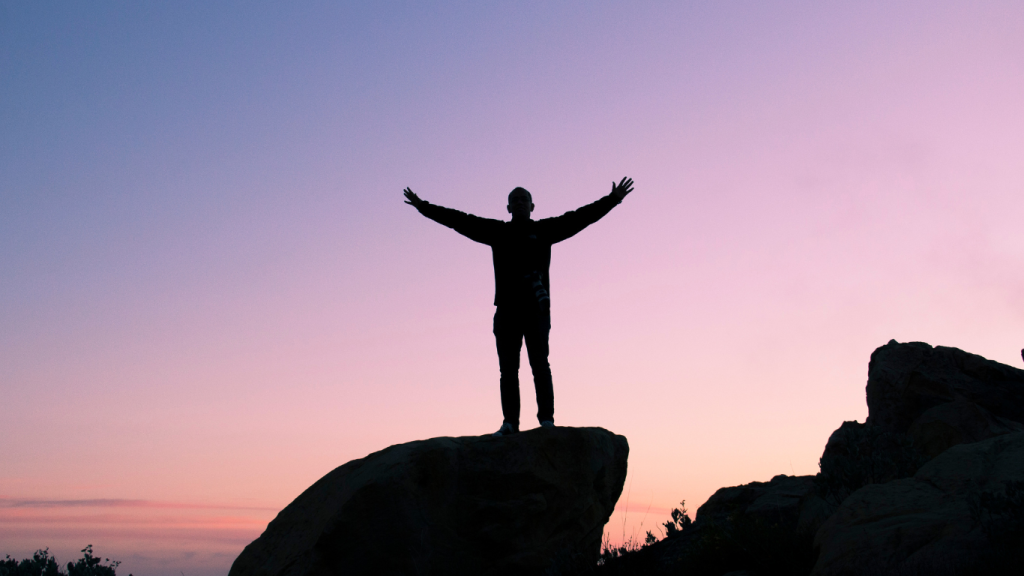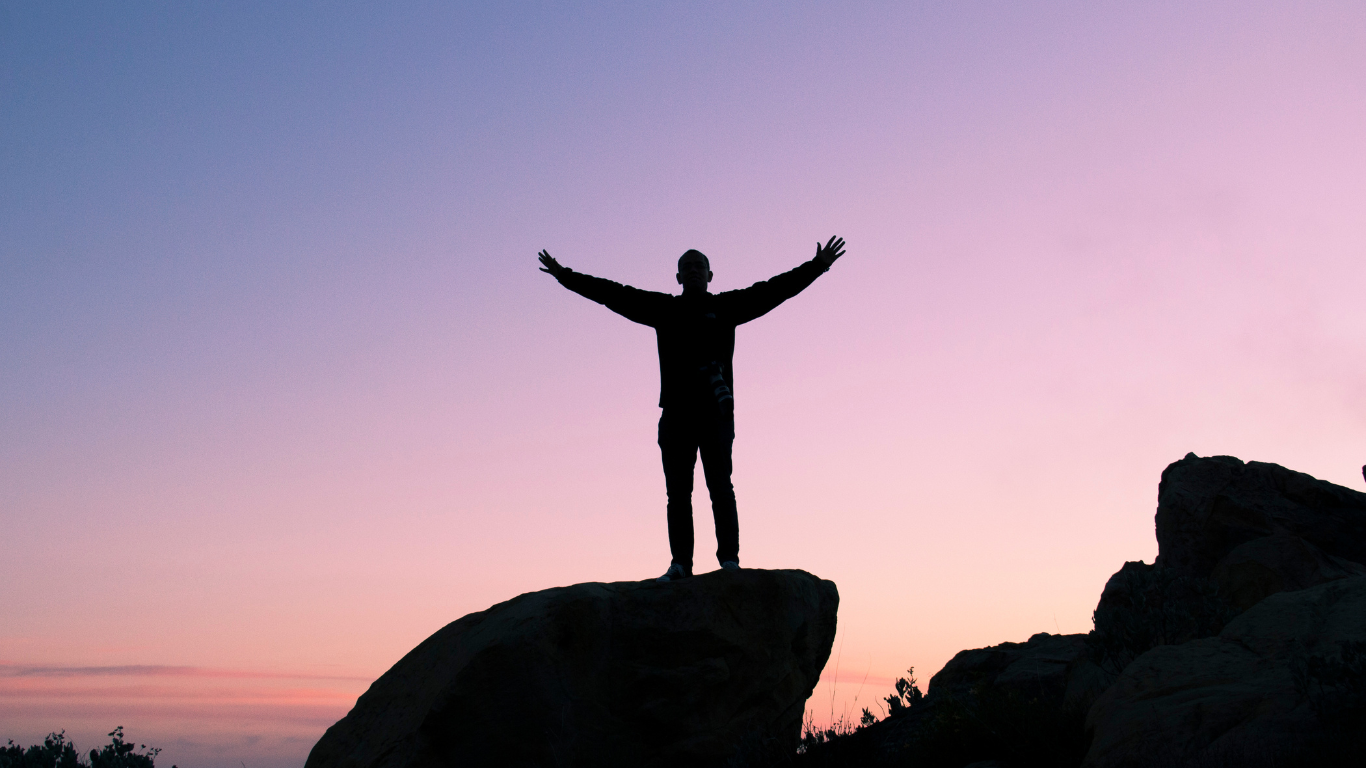Confidence is the silent power that shapes our lives, influencing how we perceive ourselves and how others perceive us.
We assume people who achieve greatness have high levels of confidence as it seems to offer its occupants large quantities of opportunities and healthy relationships. It is the quality we hope our children grow up to have. Confidence is key, it seems, for a good life.
For those who already have confidence, they may not even think about it. It just feels natural to them and they may even take that for granted. For others, it seems like it is a most elusive quality. I myself had to google its exact definition as I have most definitely had a lack of confidence for most of my life.
Definition of Confidence
Confidence is the belief in one’s abilities, qualities, and judgement. It involves a sense of self-assurance and trust in oneself, allowing individuals to take risks, face challenges, and engage with others without excessive doubt or fear.

Confident Person = Compassionate Inner Dialogue
The way I interpret confidence is that it’s the external form of our internal dialogue. Someone who lacks confidence would have a voice that is demeaning, doubting their every move, instilling fear of failure and creating discord throughout relationships by interpreting all behaviour from others as negative. This isn’t an enjoyable state to be in at all.
Mindfulness techniques like the ones listed below, help us to switch this voice to a positive, life affirming, compassionate and encouraging voice and therefore increasing our confidence and attracting more opportunities and happiness into our lives.
Where Does a Lack of Confidence Come From?
Most of our inner dialogue conditioning (up to 95%) exists within our subconscious mind that is programmed in childhood. Even if you grew up with loving caring parents that you are very grateful for, if one of them had their own confidence issues, they may have influenced your inner voice. Children are extremely perceptive to the subtle inner state of their parents and caregivers.
Recognising your inner child whose first exposure to learning how to treat themselves was not as kind as you as an adult would choose today is a very powerful thought to hold.
What does a confident person look like?
Visualisation techniques are an extremely powerful way to transform yourself into a more confident person. When we imagine a scenario playing out that makes us feel good – we take a step toward becoming confident and this transforms our lives as well as the lives of those around us. A confident person is a joy to be around – they are medicine to others.
“We always attract into our lives whatever we think about most, believe most strongly, expect on the deepest level, and imagine most vividly.”
― Shakti Gawain, Creative Visualization
Go through this list of scenarios and imagine yourself as a confident person.
Daily Habits of a Confident Person:
- Self-Care: They prioritise their physical and mental well-being by moving their body in a way that feels really good and eating food that is so nourishing.
- Well Dressed: A confident person dresses in high-quality clothes made from beautiful material that feel really good on them.
- Positive Reflection: A confident person looks in the mirror and marvels at the design of their skin, hair and eyes and only speaks kind words to themselves when they see their reflection. They recognise when they’ve had a late night and think about how to look after themselves.
- Goal Setting: They set clear, achievable goals and work towards them consistently, managing their time with perspective and compassion.
Interactions of a Confident Person:
- Positive Body Language: They maintain good posture, make eye contact, and use open gestures, conveying assurance.
- Kind to Strangers: A confident person smiles at others they walk past because they naturally assume their smile will brighten someone’s day.
- Active Listening: They listen attentively to others, showing respect and interest in conversations.
- Constructive Feedback: A confident person talks to others with the assumption that what they have to say is valid, insightful & useful. They communicate with kindness rather than criticism.
- Healthy Boundaries: They assert themselves and communicate their needs clearly while respecting others’ boundaries.
Thoughts of a Confident Person:
- Self-Acceptance: They acknowledge their strengths and weaknesses without harsh self-criticism. They recognise sadness or anger within themselves and don’t berate themselves for it – they simply sit compassionately with the emotion and hear what it has to say.
- Resilience: They view challenges as opportunities to learn rather than insurmountable obstacles. They might take a rest during a challenge rather than barrelling through because they know this is the more effective way.
- Positive Self-Talk: Their inner dialogue is supportive and encouraging, often affirming their capabilities.
- Realistic Optimism: They maintain a hopeful outlook on the future while remaining grounded in the moment.
Making This Shift is a Process
It is important to recognise yourself on a journey and to allow the shift to greater confidence happen gradually. Changing our subconscious programing and instilling a compassionate inner dialogue is a big shift that ebbs and flows. We have good days and we have bad days but everyday is a new chance to choose a more positive way by using tools and techniques that are proven to work.
Mindfulness Techniques to Increase Confidence
Here are three ways you can use mindfulness techniques to increase your confidence. Taking deep and steady belly breaths throughout will help you integrate all of these techniques into the long-term – so you can be that calm, cool & confident person you always knew was within you.
1. The first step to embodying confidence is to become aware of your inner dialogue
- Questioning: Challenge negative thoughts by asking questions like, “Is this thought true?” or “What thoughts would I prefer to have?”
- Body Awareness: Notice how your body feels in relation to your thoughts. Physical sensations can be clues to your emotional state and inner dialogue.
- Check-ins: Throughout the day, take moments to pause and notice your thoughts. Ask yourself what you’re thinking and how it makes you feel.
- Journaling: Writing down your thoughts and feelings can clarify your inner dialogue. Reflect on recurring themes or negative patterns.
2. The next step is to feed your mind with compassionate encouragement in the form of positive affirmations like the following:
- I am capable and strong, and I can handle whatever comes my way.
- I embrace my uniqueness and celebrate my individuality.
- I trust myself to make the right decisions for my life.
- I am worthy of love, respect, and success.
- I learn and grow from my experiences, and I embrace challenges.
- I deserve to pursue my dreams and goals.
- I am enough just as I am, and I don’t need to prove anything to anyone.
- I am proud of my accomplishments and recognize my progress.
- I speak to myself with kindness and compassion.
- I have the power to create positive change in my life.
3. Finally, focus on feeling gratitude for all of the positivity in your life
- 1. Celebrate Small Wins: It’s so easy to forget how far we have already come through tiny changes. Regularly acknowledge and celebrate your achievements, no matter how small. Thank yourself for sticking to your morning routine for a week or for remembering to notice your inner dialogue and breathing.
- 2. Shift Perspective: When facing challenges, try to find something to be grateful for in the situation. You might be grateful that you have such supportive friends or that you are always in a position to choose your preferred path. No matter how dire a situation may seem, we can face it with confidence when we find the perspective of gratitude.
- 3. Express Gratitude to Others: Take time to thank people in your life. Expressing appreciation not only strengthens relationships but also reinforces your self-worth by acknowledging your connections and impact on others.
- 4. Gratitude Journaling: Set aside a few minutes each day to write down three things you’re grateful for. This can include anything from personal achievements to supportive relationships. Reflecting on these positives can enhance your overall outlook.
Mindfulness Helps Us Find Confidence in the NOW
It may only be a seedling amount of confidence that we possess but with the nourishing presence of our awareness, we can help that seed to grow as big as a tree. Using these techniques will support you to expand on what already exists within you. I hope you can use these techniques to bring more happiness & fulfilment to your life.
